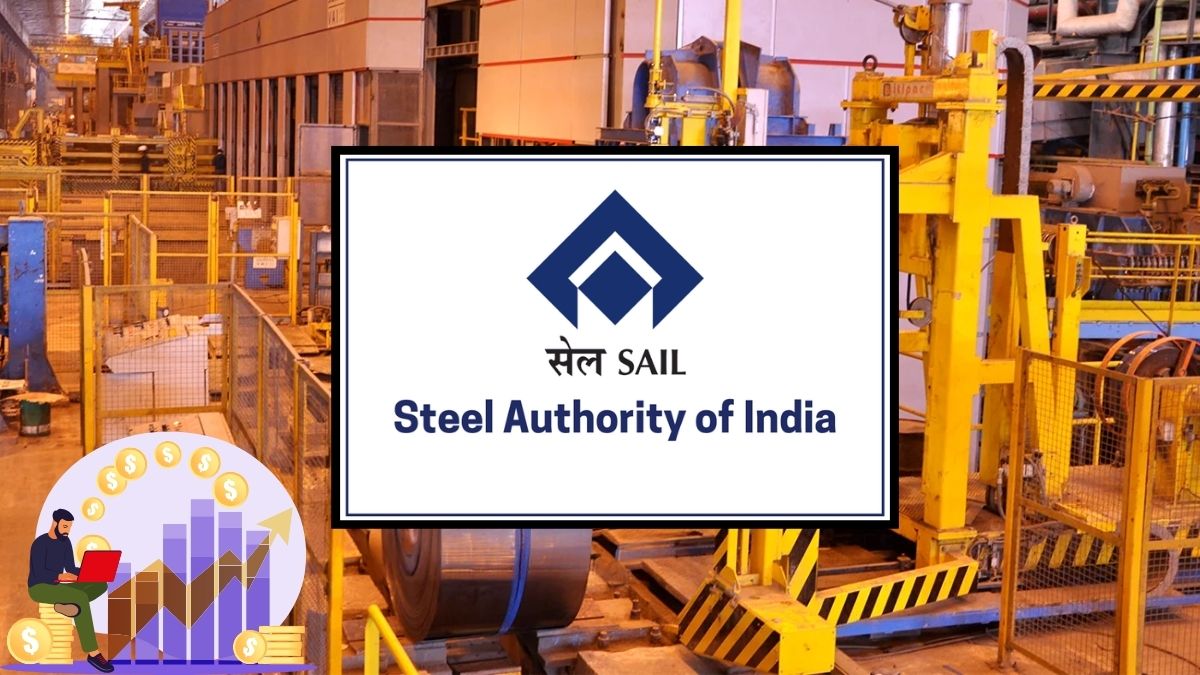In India’s rapidly growing economy, corporate liquidity is often seen as a sign of strength. Companies with massive cash reserves are viewed as stable, ready to seize opportunities or weather downturns without relying heavily on debt. But too much cash sitting idle can also raise concerns. Investors want to know whether that capital is being used to generate growth or simply piling up without purpose. At the center of this conversation are five of India’s wealthiest companies, collectively holding more than ₹2.5 lakh crore in cash and cash equivalents.

First on this list is Reliance Industries. With over ₹1.06 lakh crore in cash, Reliance stands far ahead of its peers in liquidity. But unlike companies that merely stockpile cash, Reliance is putting its capital to work aggressively. In FY25 alone, it spent over ₹1.3 lakh crore on capital expenditures. These investments include expanding its vinyl chain, acquiring shipyards, building multi-modal logistics hubs, and enhancing its capacity in polyester and PVC manufacturing. By FY27, the company aims to become the fifth-largest PVC producer globally. These plans make a compelling case that Reliance’s cash reserve is not idle capital but part of a long-term growth strategy.
Tata Motors follows with ₹40,834 crore in cash. As one of the most visible names in India's auto sector, the company is undergoing a critical transformation. It is investing in a complete revamp of its product lineup, including new electric vehicles like the Harrier EV and Sierra EV, alongside refreshed versions of petrol-powered models. While Tata Motors did see a dip in profits in FY25, its return on equity remains strong. The cash on hand is likely to support its electric mobility strategy, helping the company stay ahead in an increasingly competitive market.

Then comes Hindustan Aeronautics Limited, better known as HAL, with ₹38,182 crore in cash. The company’s strategic role in India’s defense sector and its massive order book justify this liquidity. HAL has secured contracts worth over ₹1.8 lakh crore and anticipates even more in the coming years. It is manufacturing fighter jets, helicopters, engines, and other essential equipment for the armed forces. Despite modest revenue growth in FY25, the company delivered impressive profits and return ratios. With no debt on its books and a high dividend payout, HAL’s use of its cash appears well aligned with national priorities and shareholder interests.
Coal India holds ₹34,215 crore in reserves and continues to be the world’s largest coal producer. Although its revenue growth in FY25 was modest and profits declined slightly, the company continues to maintain excellent return ratios and offers among the highest dividend payouts in its sector. Unlike the others on this list, Coal India seems more focused on rewarding shareholders than pursuing aggressive expansion. However, with a production target of over 1 billion tonnes by FY30, some of this capital could still support capacity expansion in the years to come.

Lastly, Oil and Natural Gas Corporation or ONGC holds ₹27,178 crore in cash. The state-owned energy giant contributes to the majority of India’s oil and gas production. ONGC has ambitious plans to invest ₹30,000 to ₹35,000 crore annually in clean energy and infrastructure. While its profits dropped significantly in FY25, its revenue saw healthy growth. ONGC continues to deliver shareholder returns and maintain manageable debt levels. Its current valuation remains below industry averages, which suggests that it may still have room to grow as it transitions into more sustainable forms of energy.
Across all five companies, the question remains the same. Are these cash reserves being used wisely? In most cases, the answer appears to be yes. These firms are not simply sitting on idle money. Instead, they are investing in infrastructure, green energy, electric mobility, national defense, and shareholder rewards. For investors, this is a reminder that strong cash reserves are not just about safety, but also about readiness to capture the future.
As India’s corporate landscape continues to evolve, tracking how these giants manage their capital will offer insights into broader economic trends. Whether it is fueling innovation, rewarding shareholders, or preparing for the next growth phase, the way these companies use their money will shape the direction of India Inc.
To stay updated on how India's biggest companies are building financial power and where they are investing next, follow You Finance on Instagram and Facebook for daily insights and expert breakdowns.















